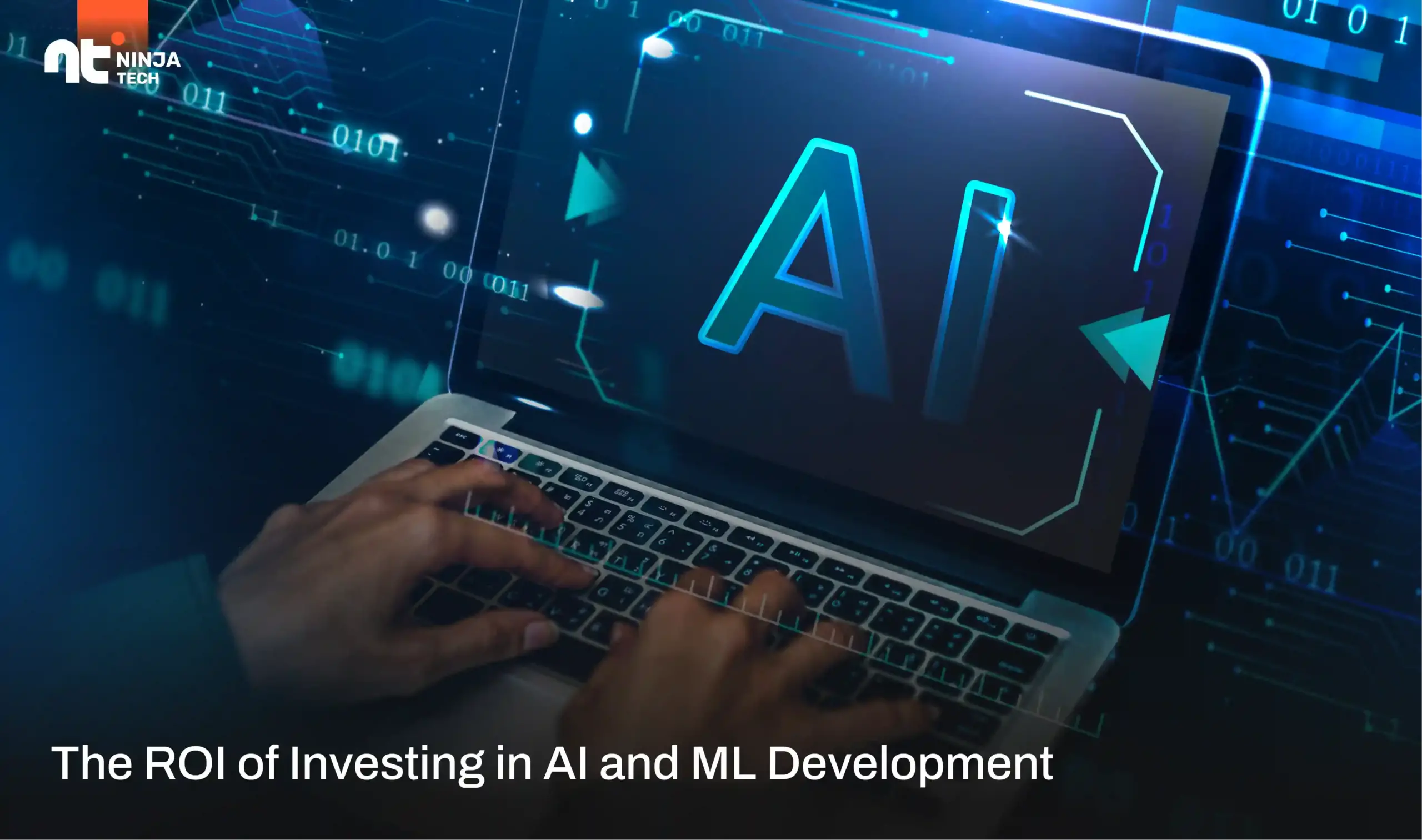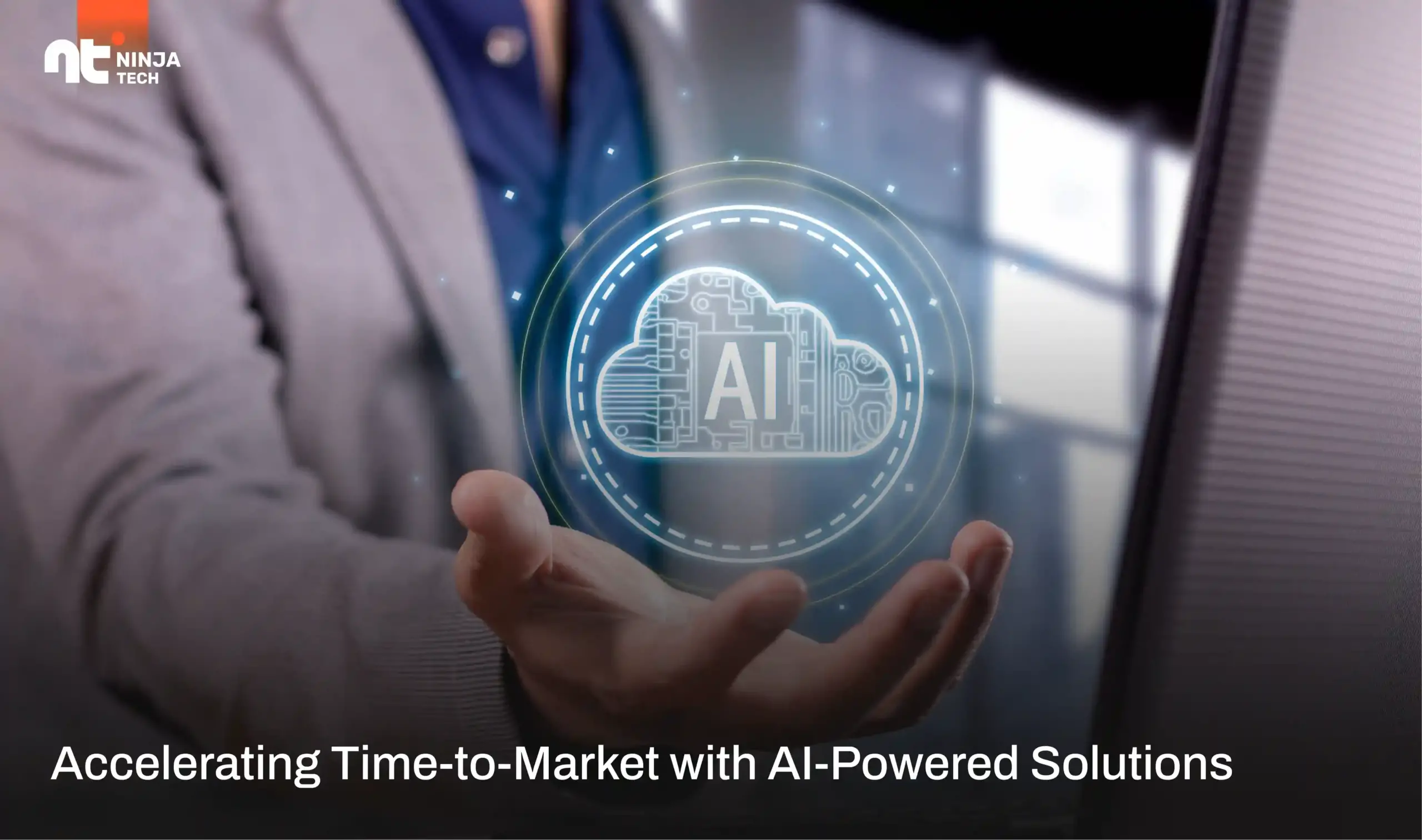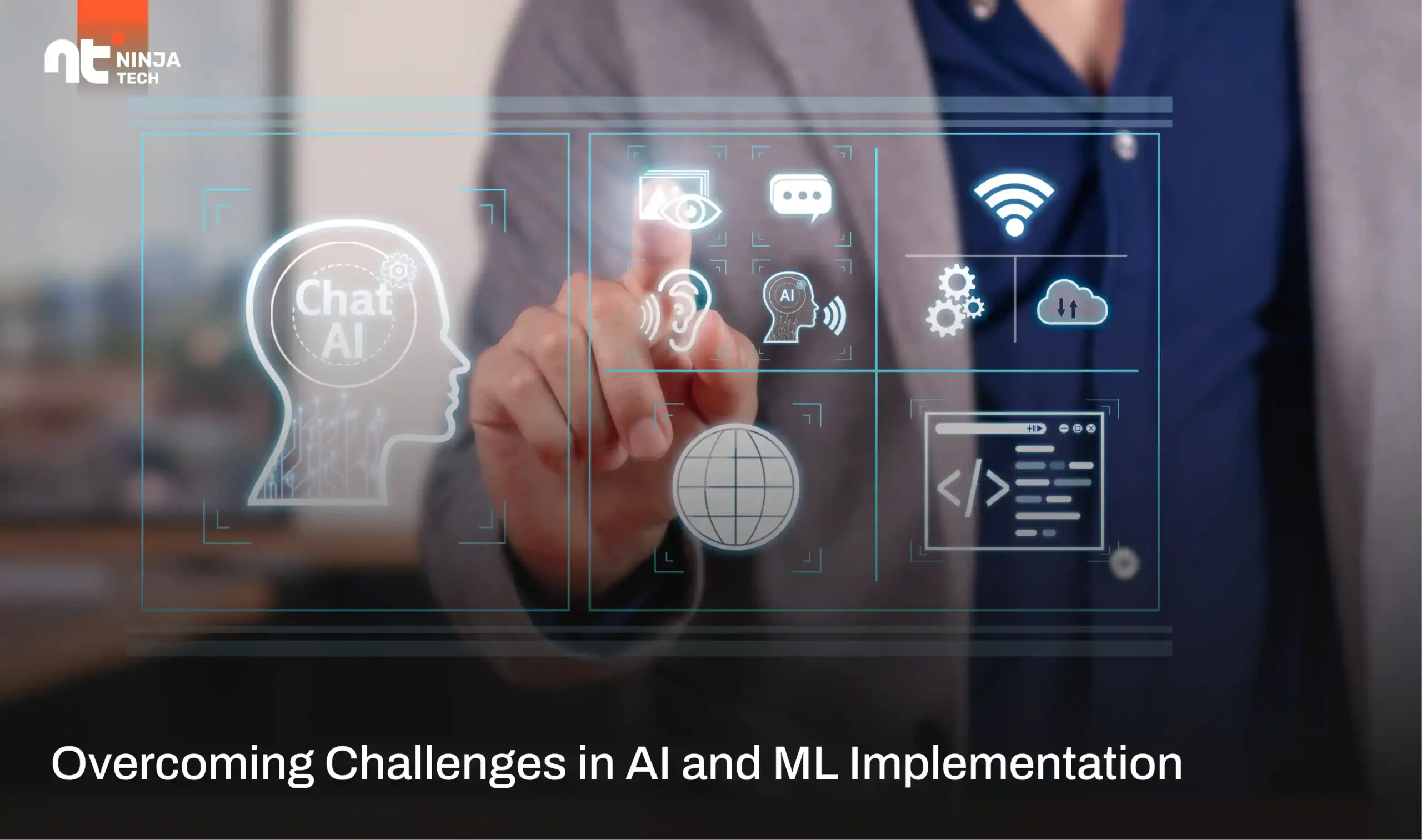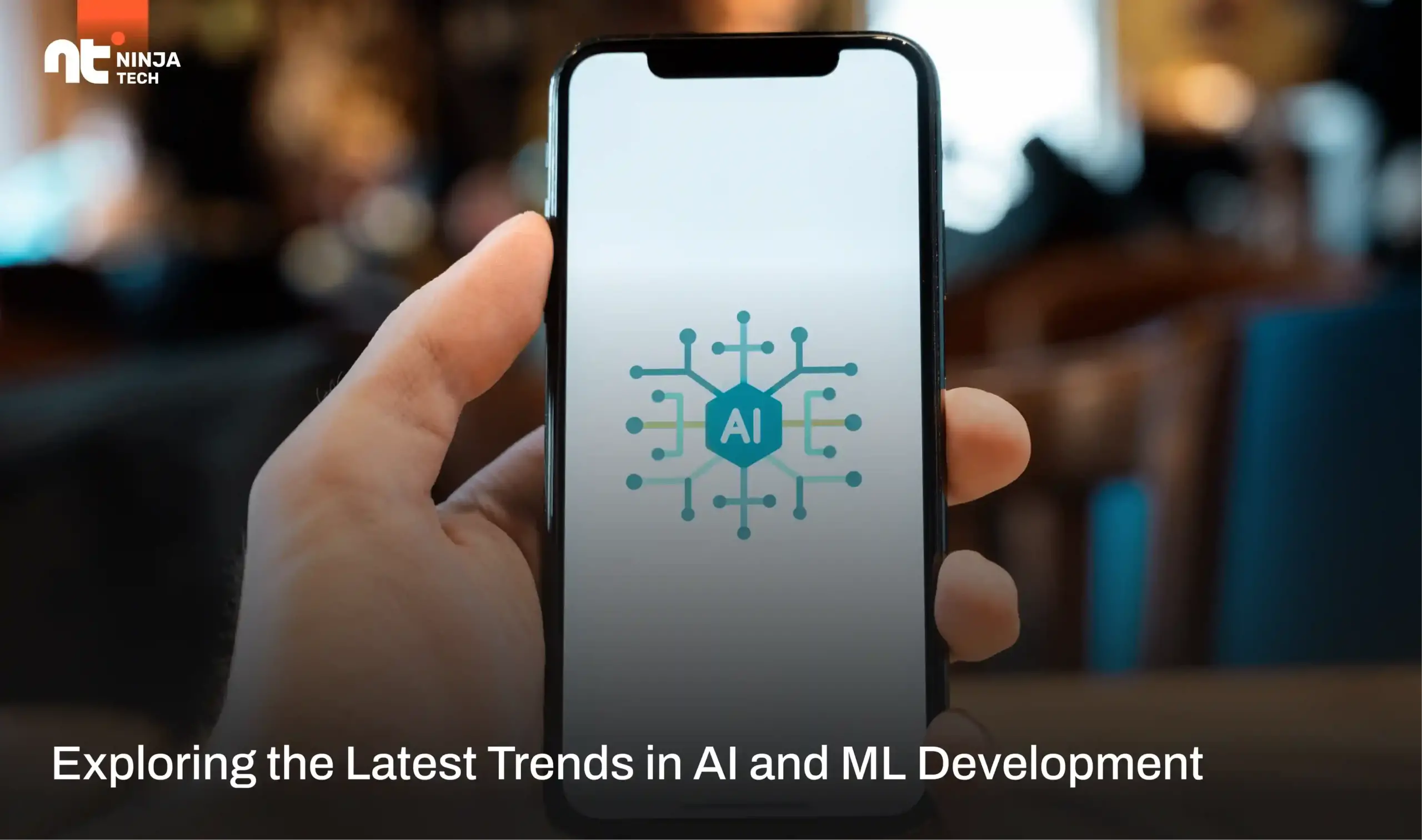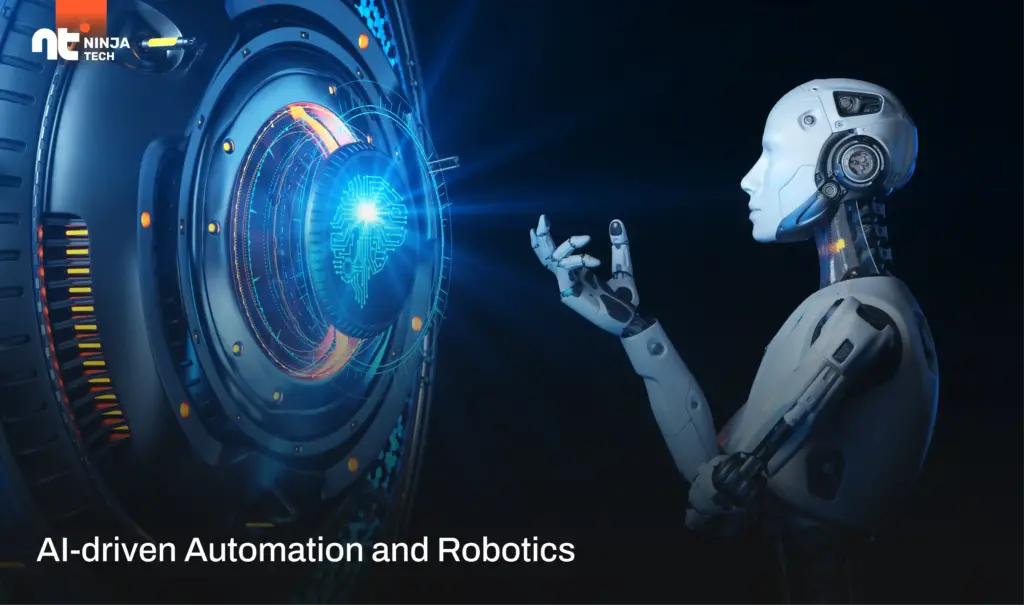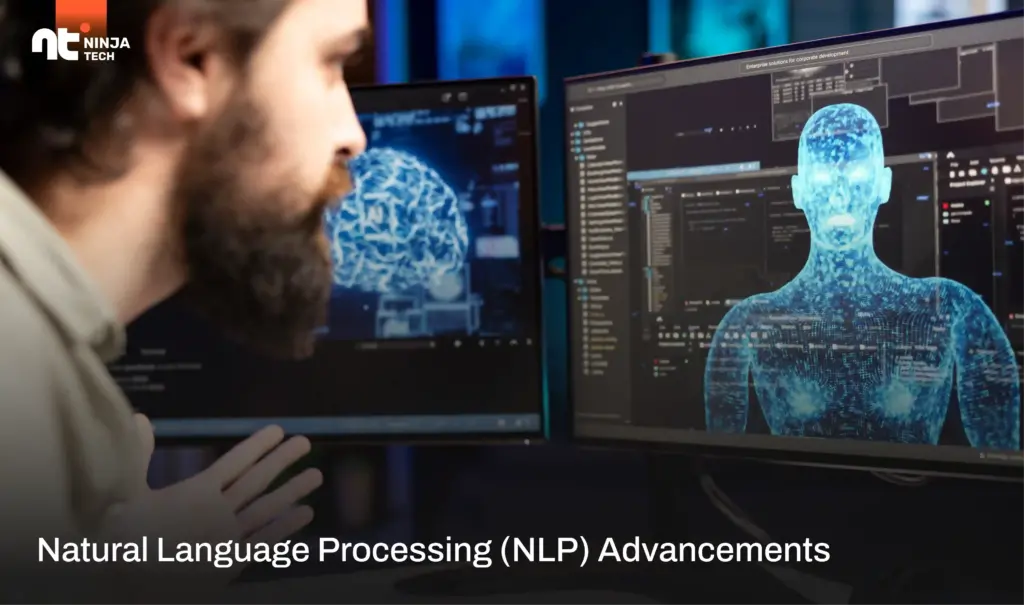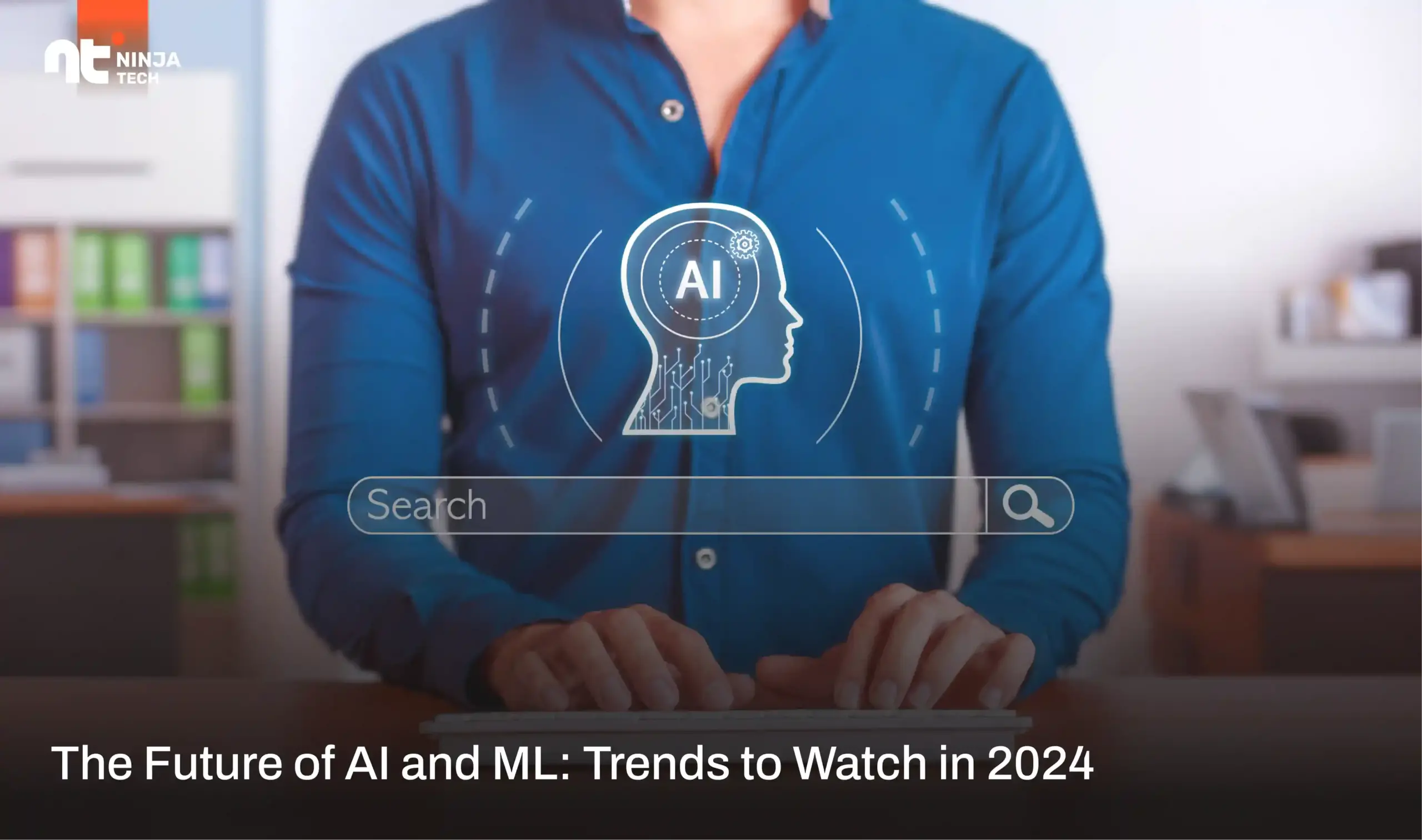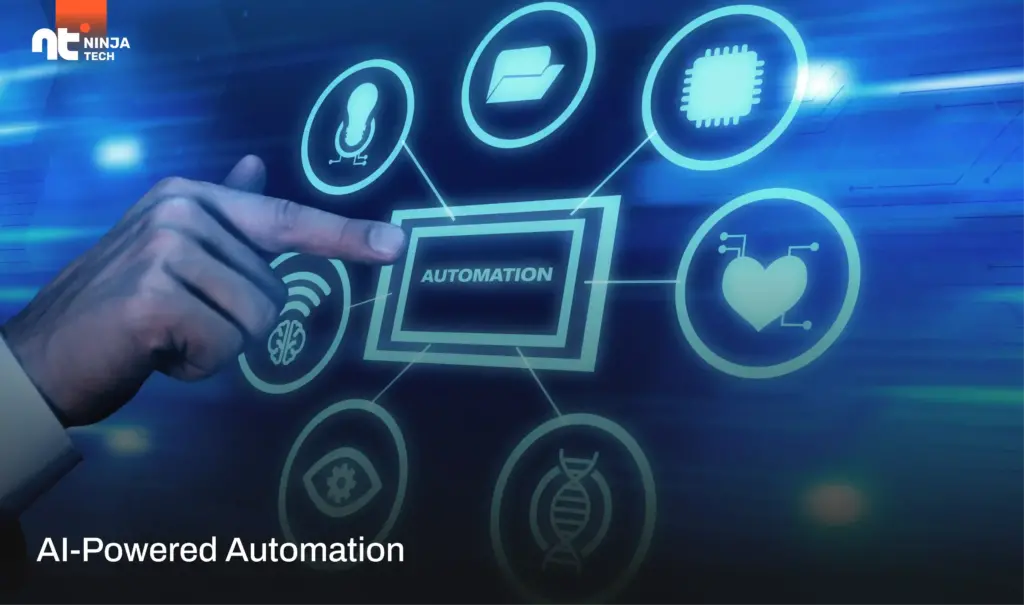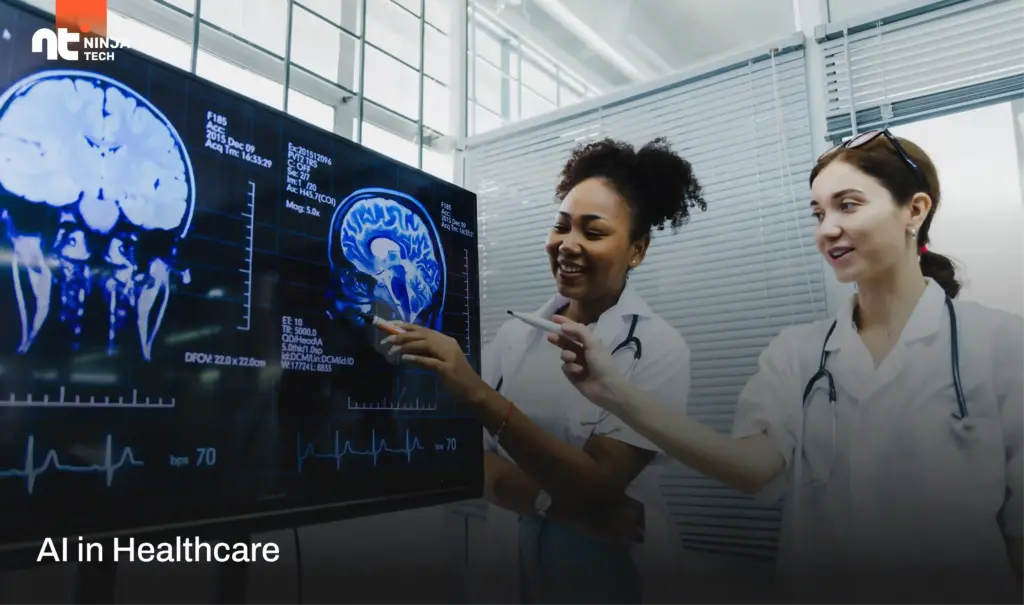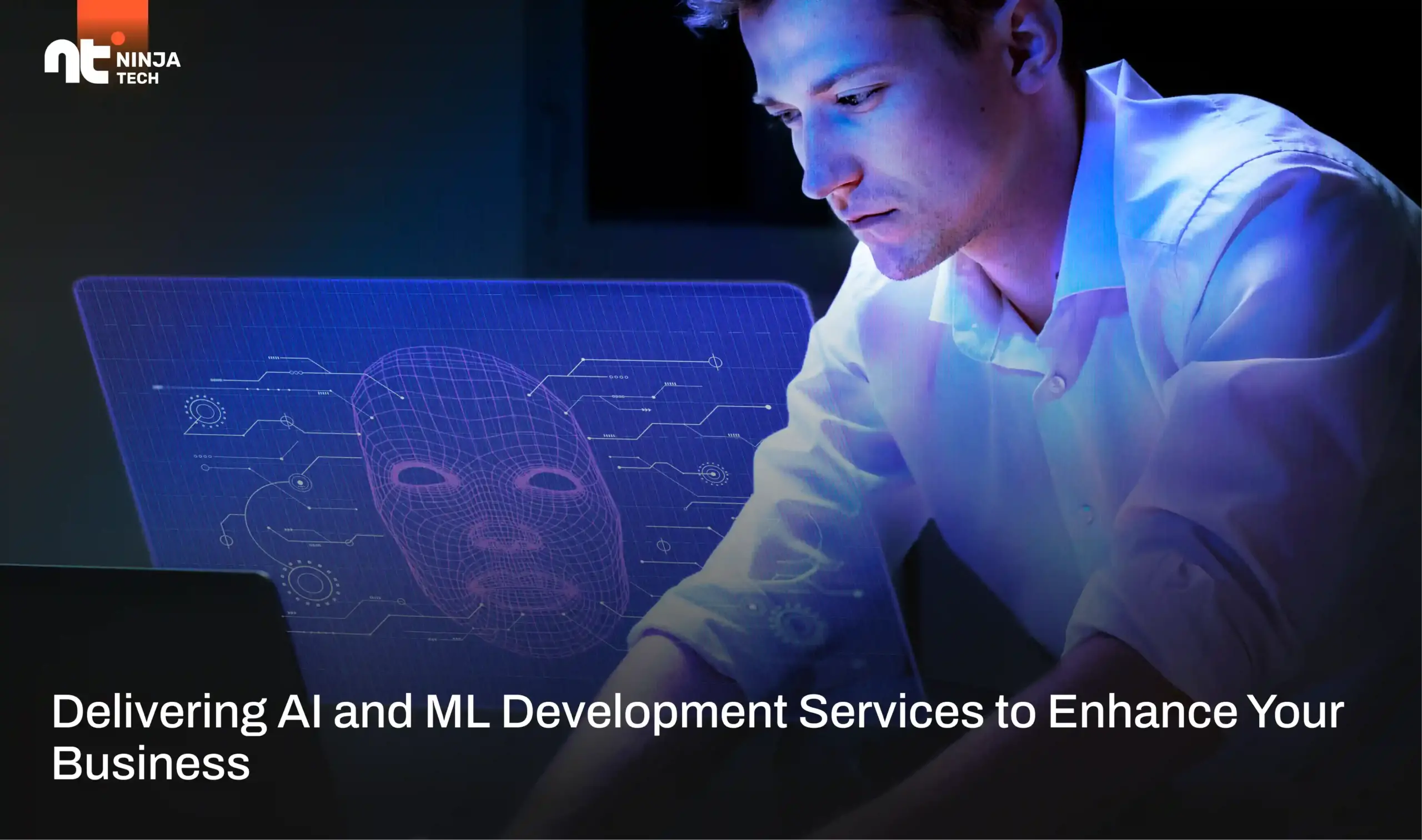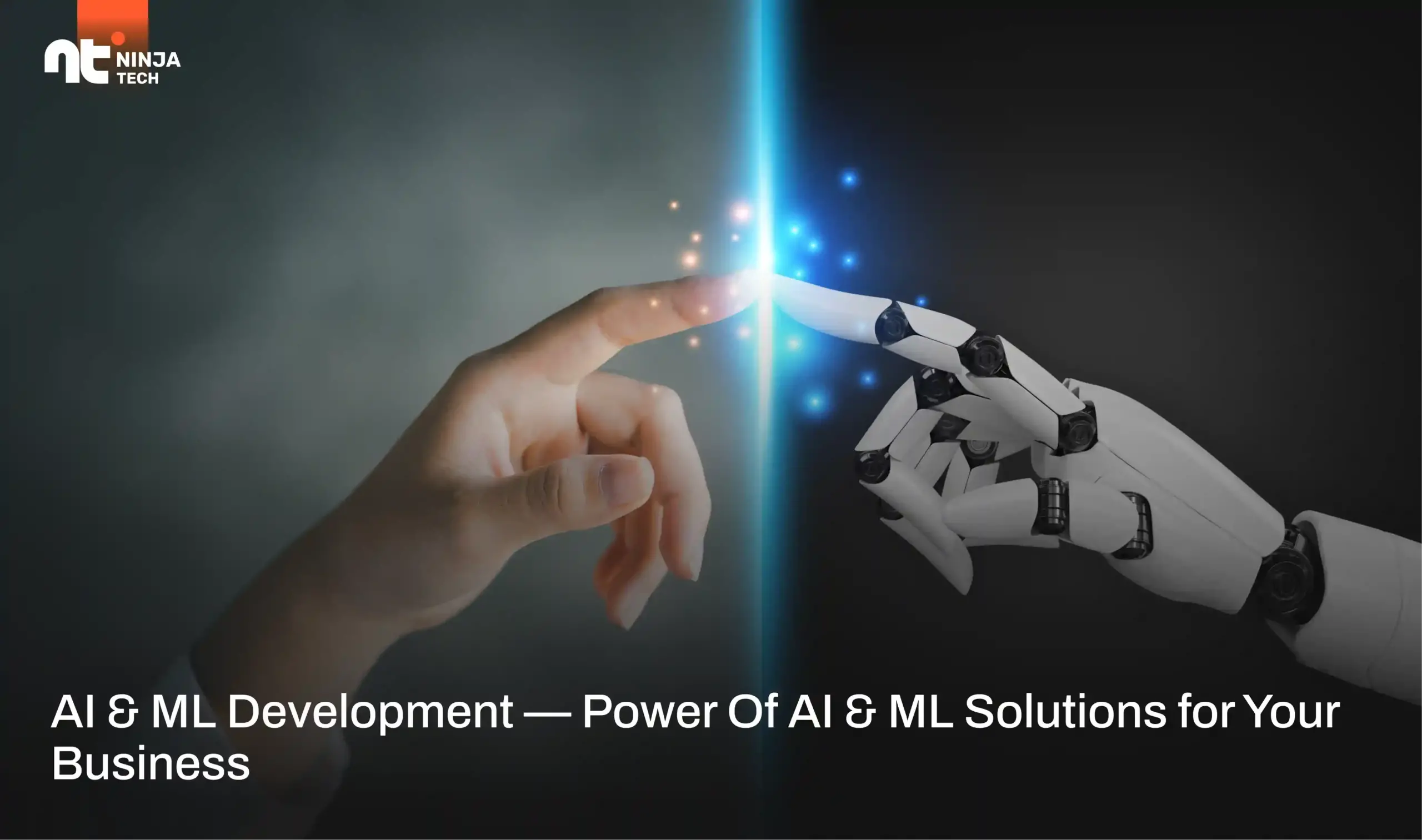In today’s digital age, the buzz around Artificial Intelligence (AI) and Machine Learning (ML) is palpable, with businesses across industries increasingly leveraging these technologies to drive innovation and gain competitive advantages. While the potential of AI and ML is widely acknowledged, understanding the tangible return on investment (ROI) of investing in their development is crucial for decision-makers. Let’s explore how AI and ML can deliver substantial ROI and why investing in these technologies is a strategic imperative for businesses.
Understanding ROI in AI and ML
ROI in AI and ML development extends beyond monetary gains to encompass operational efficiencies, enhanced customer experiences, and strategic growth opportunities. It involves measuring the impact of AI initiatives on key performance indicators (KPIs) such as revenue growth, cost savings, productivity improvements, and customer satisfaction.
Tangible Benefits of AI and ML Investments
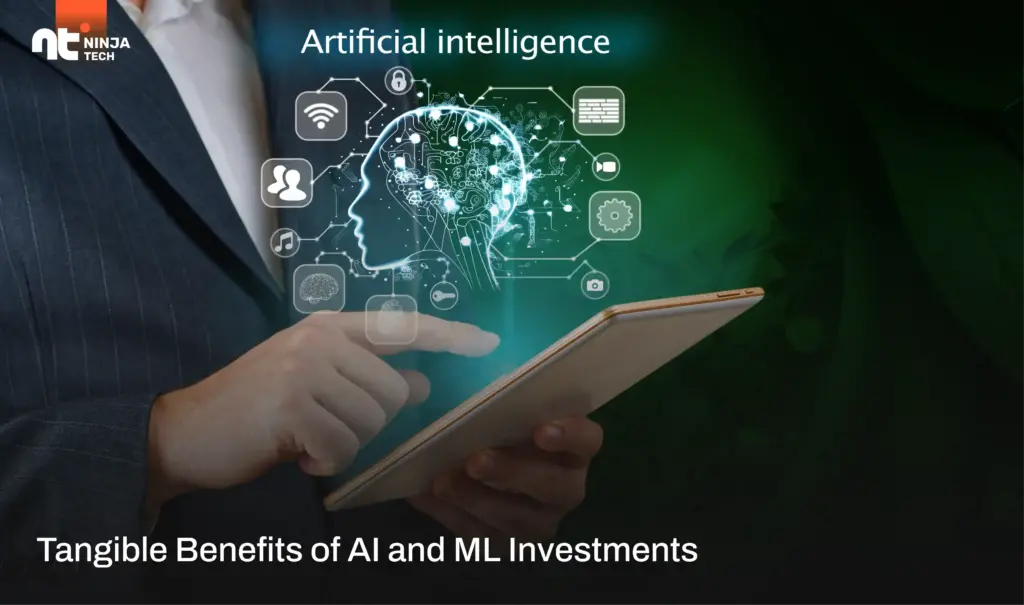
- Operational Efficiency AI automates repetitive tasks, streamlines processes, and optimizes resource allocation. This efficiency translates into reduced operational costs, increased throughput, and improved workflow management. For instance, predictive maintenance powered by ML can minimize downtime and extend the lifespan of machinery in manufacturing.
- Enhanced Decision-Making AI-driven analytics provide actionable insights from vast datasets, enabling data-driven decision-making. Businesses can uncover trends, predict market behavior, and identify opportunities or risks with greater accuracy and speed. This proactive approach mitigates risks and capitalizes on emerging trends effectively.
- Personalized Customer Experiences ML algorithms analyze customer behavior and preferences to deliver personalized recommendations, marketing campaigns, and customer service interactions. By enhancing engagement and satisfaction, businesses can foster customer loyalty and increase lifetime customer value.
- Product Innovation AI enables rapid prototyping, simulation, and testing of new products and services. By iterating designs based on predictive models and customer feedback, businesses can bring innovative solutions to market faster and differentiate themselves from competitors.
- Risk Management AI-powered risk assessment models analyze financial transactions, detect anomalies, and mitigate fraud in real-time. This proactive risk management approach safeguards assets, protects against cyber threats, and enhances regulatory compliance.
Case Studies: Realizing ROI in AI and ML
- Financial Services Banks use AI-powered algorithms for credit scoring, fraud detection, and personalized financial advice. This has led to reduced loan default rates, lower operational costs, and improved customer satisfaction through personalized services.
- Healthcare AI applications in healthcare include medical imaging analysis, predictive diagnostics, and drug discovery. These innovations have accelerated diagnosis times, improved treatment outcomes, and optimized resource allocation in healthcare facilities.
- Retail and E-commerce Retailers leverage AI for demand forecasting, inventory optimization, and personalized shopping experiences. By predicting consumer trends and optimizing stock levels, they minimize inventory costs and maximize sales revenue.
Calculating ROI in AI and ML Investments

To measure ROI effectively, businesses should:
- Define Metrics: Identify specific KPIs aligned with business objectives, such as revenue growth percentage, cost savings in operations, or customer retention rates.
- Track Performance: Continuously monitor and analyze performance metrics before and after AI implementations to quantify improvements and validate ROI.
Compare Costs and Benefits: Evaluate the upfront costs of AI implementation (e.g., infrastructure, training, and integration) against the long-term benefits generated (e.g., increased revenues, reduced costs).
